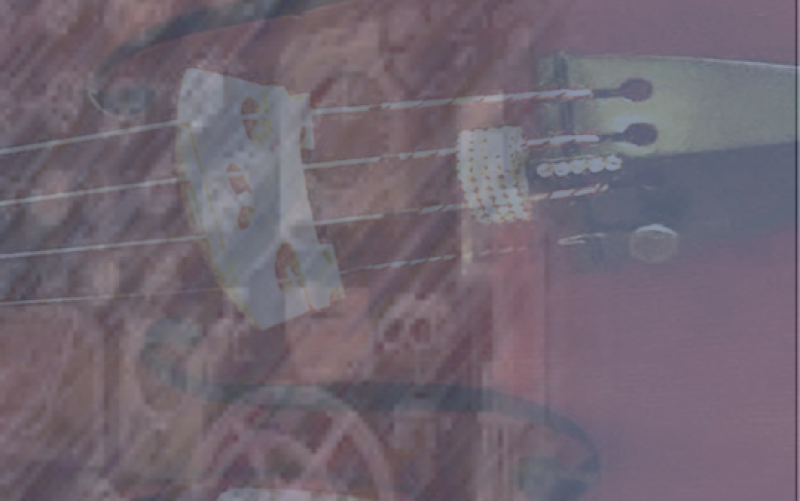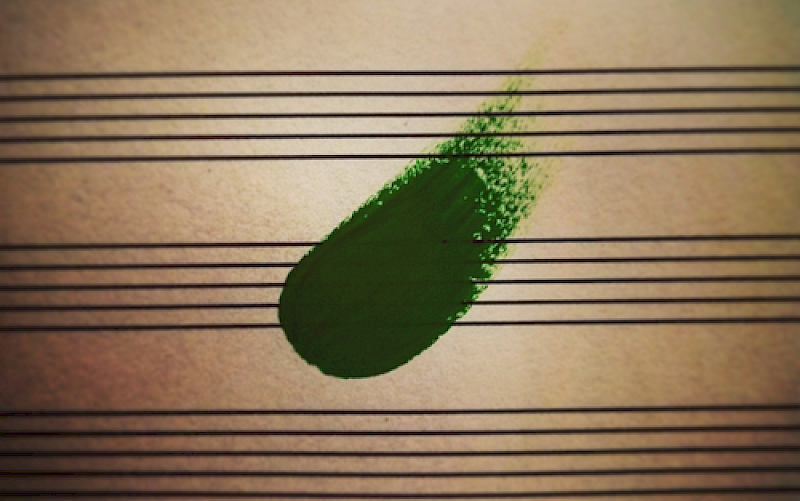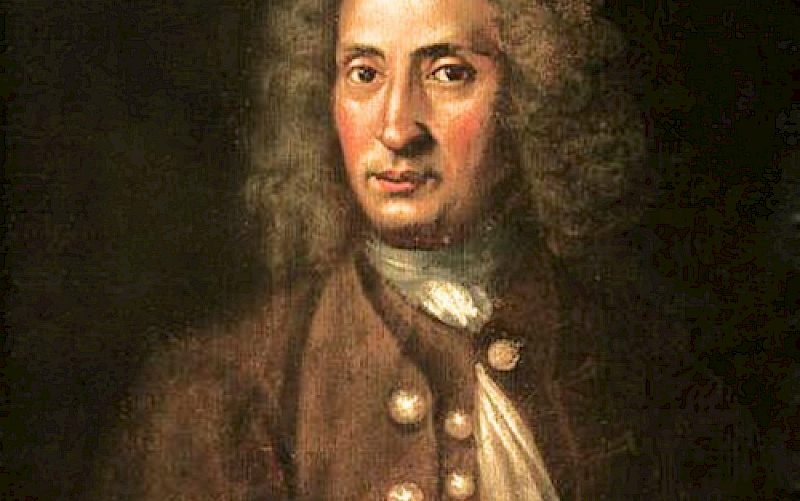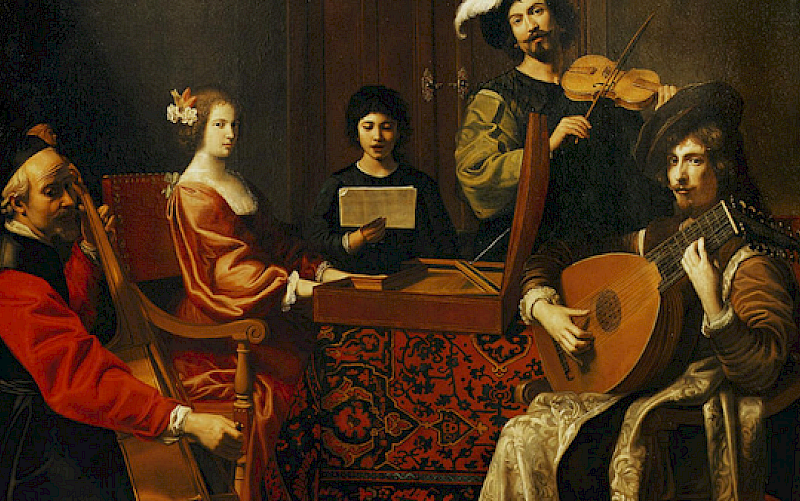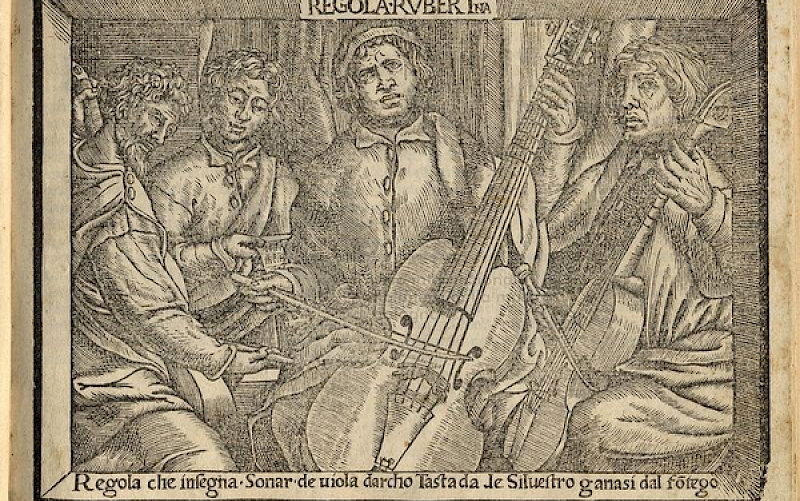
Comparisons of Perspective in the Empfindsamer Stil: How the music of Carl Philipp Emmanuel Bach represents a microcosm of an emerging cultural initiative
Name: Kristen Huebner Main Subject: Traverso Research Coaches: Inês de Avena Braga and Jacques Ogg Title of Research: Comparisons of Perspective in the Empfindsamer Stil: How the music of Carl Philipp Emmanuel Bach represents a microcosm of an emerging cultural initiative Research Question: What are the musical tools available to musicians which can be used to unlock the complex understanding of the Empfindsamer Stil? Research Process: My research process has been the result of years working and performing the 1788 Quartets for Keyboard, Flute and Viola by Carl Philipp Emmanuel Bach. Besides a deep musical analysis of these three works, the main body of my research has dealt with the developing style which is commonly associated with this music, that of Empfindsamkeit or Empfindsamer Stil. The English translation equating to “sensitive style” is often associated with the Sturm und Drang, a highly influential literary movement of the 1770s. After reading much of the actual literature of the Sturm und Drang, including Johann Wolfgang Goethe’s Die Leiden des jungen Werthers, I set out to draw a distinction between the terms Empfindsamkeit and Sturm und Drang. Carl Philipp Emmanuel Bach’s ersuch ber die ahre rt das lavier u spielen provided the springboard for my musical analysis of the Quartets and a subsequent categorization of three distinct musical characteristics used to describe the music of the Empfindsamkeit. Summary of Results: Having its origins in literature, the Sturm und Drang aimed to represent an artistic struggle showing the depths and extremes of the human experience, working most often in contradiction with the mainstream Enlightenment ideology of the time, which was founded and based on man’s ability to reason. Breaking away from this restrictive model, the Sturm und Drang influence crept further into cross-disciplines of poetry, theater and painting, yet striking deepest in the most ambiguous and indefinable of arenas, music. The Quartets of Carl Philipp Emmanuel Bach surprised and demanded a more explicit and contemplative attitude in order to perform with any real consciousness or effect. In addition to shifting roles in instrumentation with the keyboard asserting dominance over the supporting flute and viola, I have explored rhythmic manipulation and surprise, in addition to dynamic juxtaposition. Perhaps most taxing for the performer of these Quartets is the abruptness with which one must make changes in mood and character; drastic intervallic leaps, modulation to strange keys and an intentional disruption of the rhythmic pulse all contribute to a sense of impulsiveness, the suggestion of something that cannot be predicted and should be performed with an equal amount of surprise. The presentation will take the form of an informative demonstration combining live musical examples with visual representations of paintings and portraits of key figures in a PowerPoint presentation.
